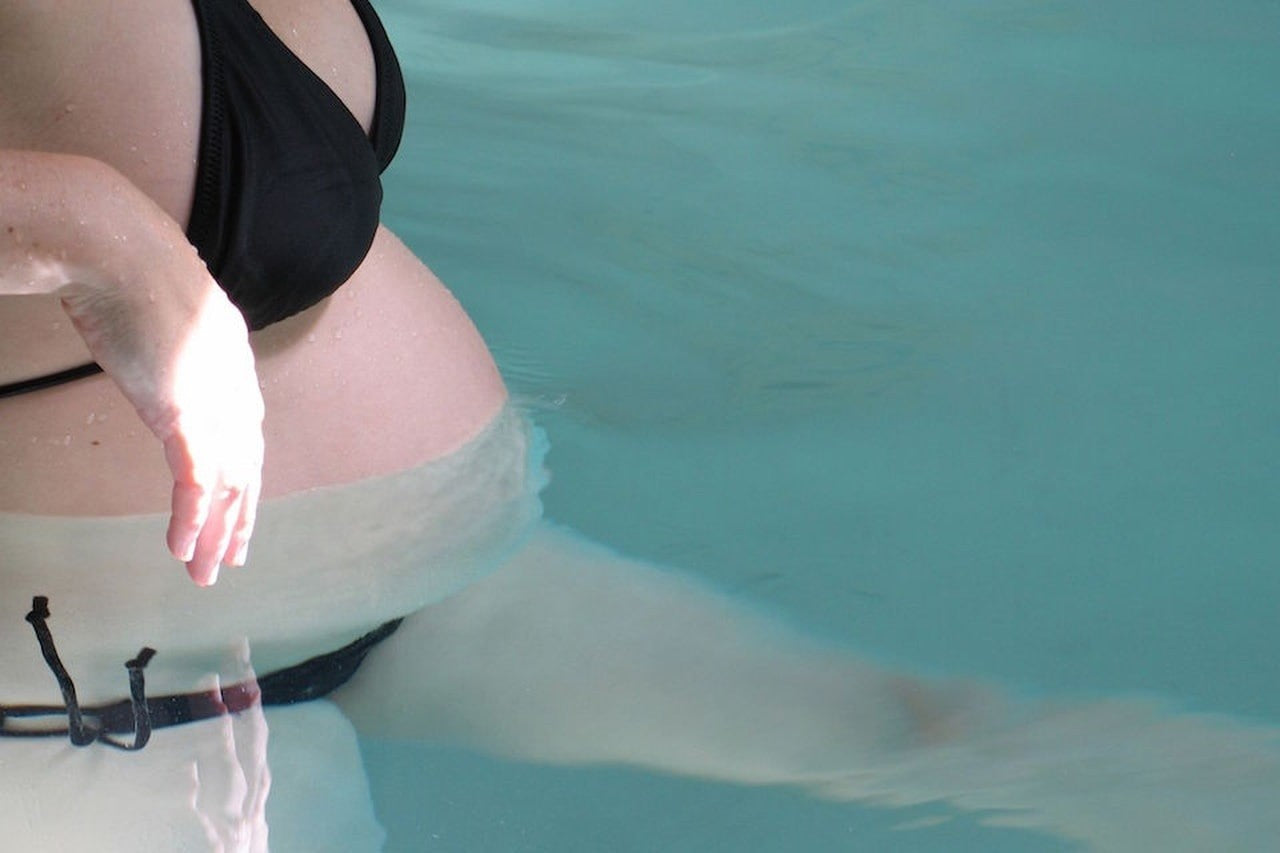The water birth
The natural element of water with its relaxing and gentle effect has been used to introduce a new way of giving birth. How water birth works.
Childbirth in the water
The natural element of water with its relaxing and sweet effect was used to introduce a new way of giving birth; to do so initially was a Russian doctor named Igor Tjarkowskij. Later the method tested by this doctor was imported to Europe, to be exact in France, and consolidated by a second doctor, Michel Odent.
Nowadays it is possible to request this type of birth in many hospitals that are becoming more and more equipped, especially in central-northern Italy, and it is even possible to inquire about the choice of the midwife who, at home, can follow the parturient using the tub of the house or rubber pools inflated for the occasion and heated.
Childbirth is a strong and unique experience that puts a strain on a woman's body; it is a difficult experience, the woman finds herself having to overcome her fears, anxieties, expectations of her nine months of waiting, relying only on her determination and fortitude. Furthermore, the child, who until a moment before, or a little more, lived in a watery environment, suddenly finds himself catapulted into a different environment, full of air, sounds and lights. In this case, the use of the water element for childbirth has two advantages: for the mother, warm water allows her to relax by promoting the production of endorphins, i.e. hormones that are able to relax the muscles with an analgesic effect for the same. .
The water makes the woman feel protected and enveloped, she feels lightened and relaxed. In this way, the pituitary gland quietly produces oxytocin, the hormone that underlies the contractions, without being inhibited by the stress of the surrounding environment.
The water makes the woman feel protected and enveloped, she feels lightened and relaxed. In this way, the pituitary gland quietly produces oxytocin, the hormone that underlies the contractions, without being inhibited by the stress of the surrounding environment.
The unborn child enters an environment of his knowledge, the watery environment, from which he has just separated, so his entry into the world will be more pleasant and positive.
The water birth tubs
The birth tubs must be large enough to allow the new mother to move freely, assuming positions that are more pleasing to her. It must also be made of fiberglass to allow easy hygiene works. The water must maintain the same temperature throughout the duration of labor and delivery.
The tanks have a device that keeps the temperature constant. Furthermore, a continuous change of water is necessary to always guarantee perfect cleaning. During labor and childbirth, the woman has losses of organic material, urine, feces, amniotic fluid, blood, for which there is a total need for a continuous exchange of water for hygienic reasons.
The tanks have a device that keeps the temperature constant. Furthermore, a continuous change of water is necessary to always guarantee perfect cleaning. During labor and childbirth, the woman has losses of organic material, urine, feces, amniotic fluid, blood, for which there is a total need for a continuous exchange of water for hygienic reasons.
How water birth works
When labor has begun and the woman already has three centimeters of dilation , she can dive, but no one forbids her from doing it even earlier. The warm and relaxing temperature of the water allows you to feel less pain during the following contractions.
The heart rhythm of the fetus is still monitored even if the mother is immersed in the tub, and the midwife can start massaging the woman's back to obtain even more relaxation of the lumbar muscles. When the birth is advanced and the mother is at her last thrusts, an episiotomy is rarely performed , because the genitals, thanks to the heat of the water, are favorably supplied with blood, reducing the percentage of vaginal lacerations.
After expulsion, the baby is given to the mother, waiting for the umbilical cord to stop pulsing, when it does, it means that the baby has started to breathe and the baby is examined. Then the midwife or doctor compiles the Apgar index.
After expulsion, the baby is given to the mother, waiting for the umbilical cord to stop pulsing, when it does, it means that the baby has started to breathe and the baby is examined. Then the midwife or doctor compiles the Apgar index.
After the visit, the little one can go back to his mother who will wrap him with all her love making him feel safe and protected.
Water birth, pros and cons
The experience of water birth is unique, the lightness, the enveloping warmth, the tranquility of the element, make the birth a pleasant memory; contractions, although painful, are however more accepted because the woman is free to move as she pleases without feeling heavy and awkward. There are no contraindications, unless your doctor advises against using this method. If possible, and there is an opportunity to give birth in water, it is a highly recommended experience.






Leave a comment